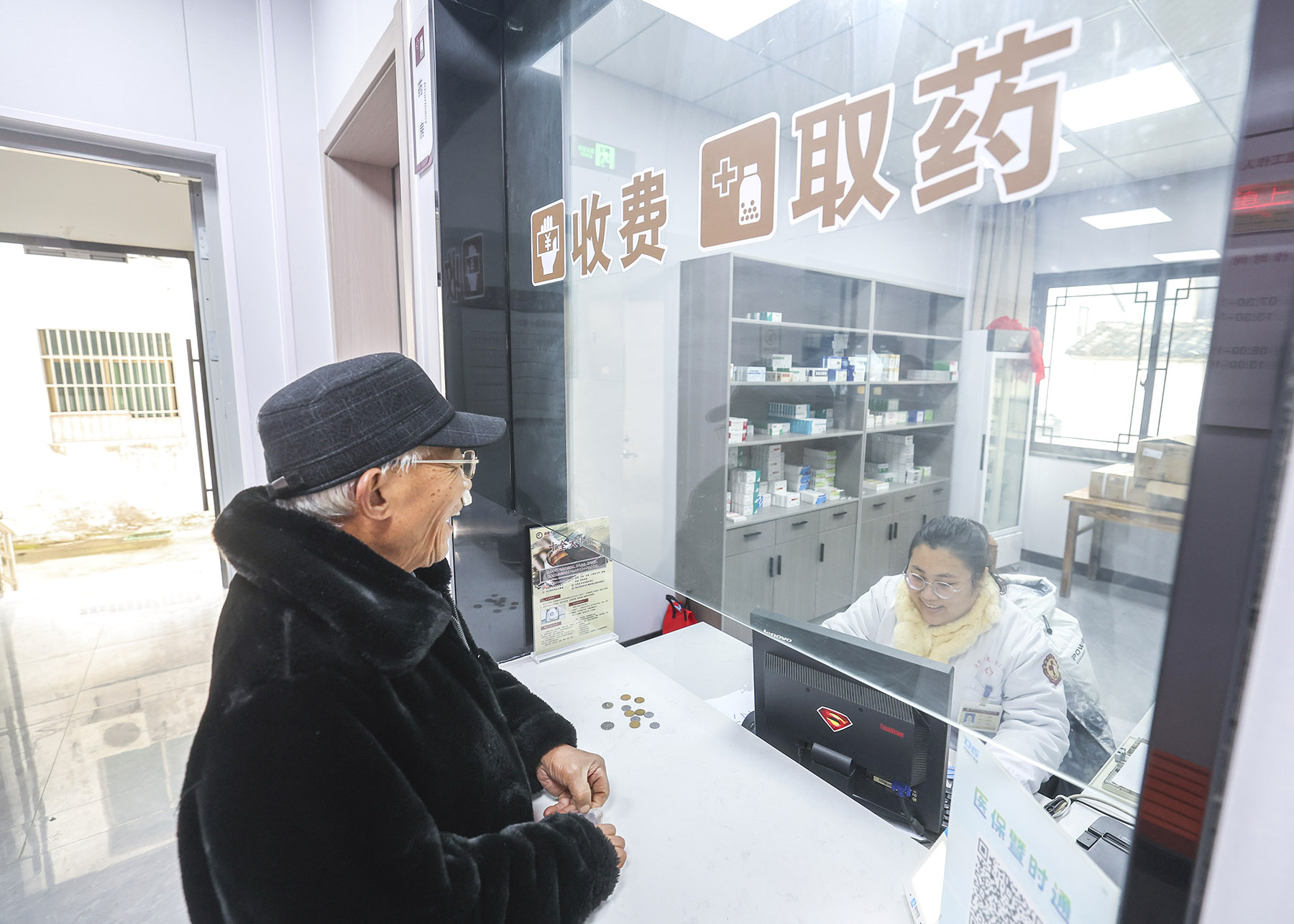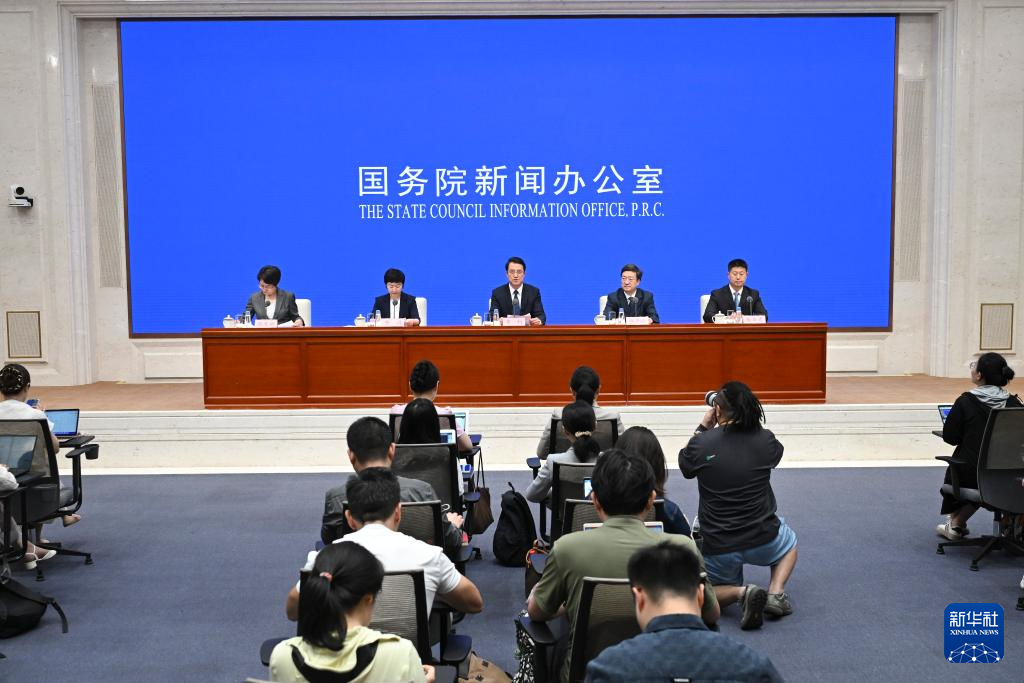
BEIJING - During the 2021-2025 period, China's basic medical insurance has maintained a coverage rate of around 95 percent, with over 1.32 billion people enrolled in 2024, according to the National Healthcare Security Administration.
Zhang Ke, head of the administration, unveiled the data on Thursday at a State Council Information Office press conference highlighting achievements during the 14th Five-Year Plan period (2021-2025).
From 2021 to 2024, nearly 20 billion medical visits received insurance reimbursements, Zhang said, noting that the number in 2024 was 1.6 times higher than in 2020.
Medical assistance schemes benefit approximately 80 million people each year, helping to ensure their participation in the insurance program, Zhang said.
According to Li Tao, deputy head of the administration, during the 2021-2025 period, relevant authorities nationwide spent about 72.3 billion yuan ($10.1 billion) to assist people from disadvantaged groups, providing support for 350 million instances of insurance coverage.
Thanks to this support, over 99 percent of the low-income population and those lifted out of poverty in rural areas are now covered by medical insurance in China.
ALSO READ: Official: Over 95% of people with disabilities covered by medical insurance in China
Long-term care insurance
At the same press conference, Li also pointed out that a total of 190 million Chinese people are covered by long-term care insurance by the end of 2024.
The long-term care insurance fund has raised over 100 billion yuan and paid out more than 85 billion yuan to date, the deputy head said.
During this period, the insurance program has supported over 2 million people unable to care for themselves, reducing the financial burden of care services by more than 50 billion yuan, Li said.
China now has over 8,800 designated institutions providing long-term care insurance services, with a workforce of 300,000 caregivers, both figures marking a more than 50 percent increase since the start of the 14th Five-Year Plan period, Li added.
Maternity insurance
Zhang, head of the administration, said at the same press conference that a total of 253 million Chinese people are covered by maternity insurance as of June, with cumulative fund expenditures reaching 438.3 billion yuan.
Maternity insurance benefits have been accessed 96.14 million times since 2021, he said.
Assisted reproductive services are now covered by medical insurance across 31 provincial-level regions and the Xinjiang Production and Construction Corps, Zhang added.

Affordable medicines
Shi Zihai, deputy head of the administration, also pointed out that China's medical insurance authority adopted multiple measures to ensure reasonable pricing of medicines during the 14th Five-Year Plan period.
Since 2018, the country has carried out 10 rounds of centralized medicine procurement, covering 435 medicines, Shi said. He noted that the centralized procurement program has been an effective means to curb the overpricing of medicines, has significantly eased the people's burden in receiving medication, and improved the quality and accessibility of medicines.
The administration also actively handled cases of irregular drug pricing and urged pharmaceutical companies to rectify their practices. To date, the administration has issued notices to 566 companies, requiring price adjustments for 726 medicines across various specifications.
In addition, the administration implemented measures to regulate medicine prices both online and at physical drugstores, Shi said.
The official noted that some pharmaceutical companies abused their pricing autonomy and disrupted market order through practices such as offering kickbacks, monopolizing the market, and controlling sales.
He said that while the administration resolutely supports high-quality medical innovation and respects the autonomy of companies in setting drug prices, it has also taken a stronger role in managing medicine pricing and maintaining market order.
Innovative drugs
During the 14th Five-Year Plan period (2021-2025), China's medical insurance spending on drugs newly included in the negotiations list, or the innovative drugs, grew significantly, increasing by 40 percent annually, said Zhang, head of the administration.
In 2024, related spending reached 3.9 times the amount recorded in 2020, he added.
READ MORE: Report: Chinese-made innovative drugs hit 100-billion-yuan market scale
During this period, medical insurance fund expenditures totaled 12.13 trillion yuan, growing at an average annual rate of 9.1 percent, Zhang said.


